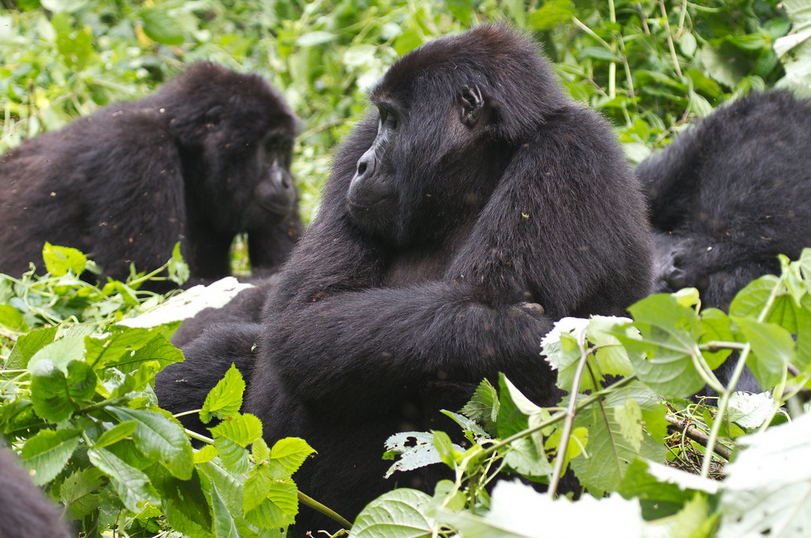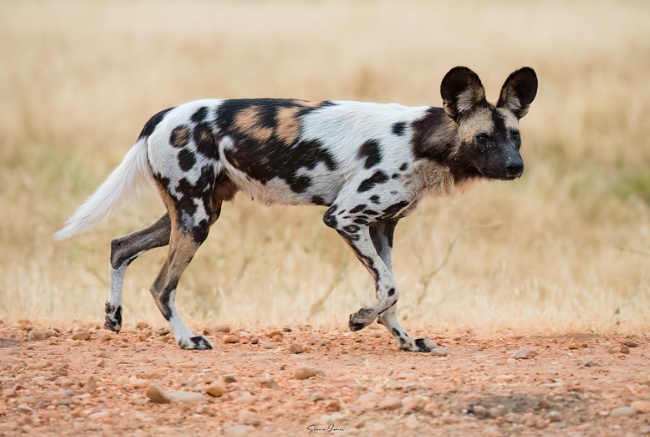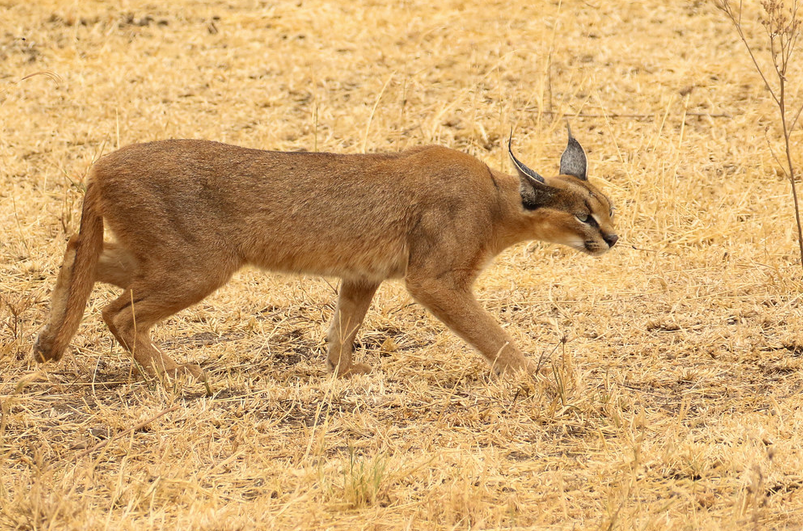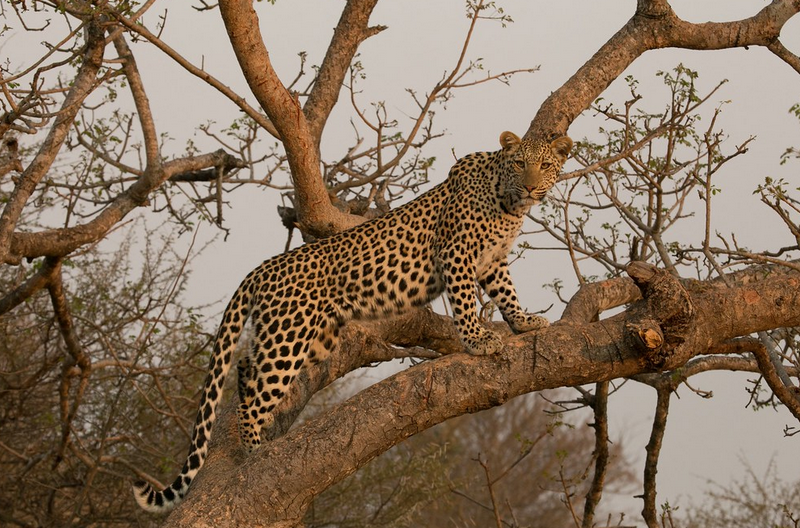Bwindi Impenetrable Forest National Park
The Ultimate Gorilla Experience
Park Overview:
Bwindi Impenetrable Forest National Park: is among the most visited Parks in the country and it gained its status as a national park in 1992, and just two years down the road, it was pronounced a world Heritage Site. This densely forested National Park covers a land area of 327 sq. km. The Park is popularly known as home of mountain gorillas which are among the endangered species in the world today. Prevailing records show that thousands and thousands of tourists travel from all parts of the world specifically to come and see these internationally endangered forests during the Uganda Gorilla Trekking Tours. Besides these, there is a great diversity of other wildlife including small wild animals, primates. The gorillas can only be visited by a maximum of eight (8) people at a time and it is mandatory for each person to have a gorilla trekking permit that authorizes them to see these gorillas. Because of the limitation in the number of people visiting the gorillas, there is a very high demand for the available permits, so consequently we recommend our guests to make their gorilla trekking reservations a number of months earlier to guarantee availability of a permit.
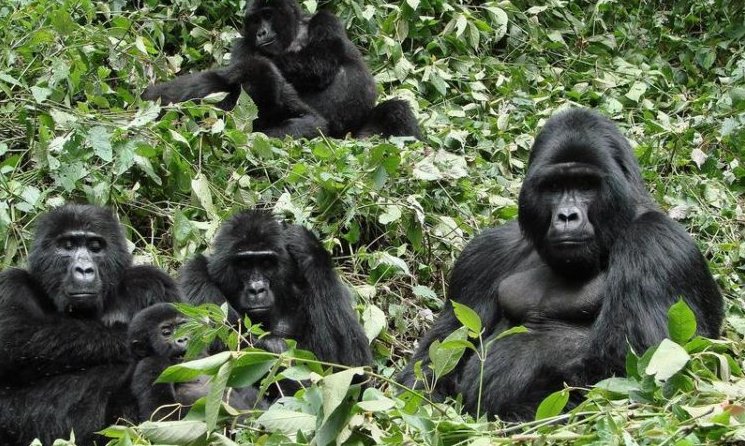
The Ultimate Gorilla Experience
What to do and see in Bwindi national park
What to do in Bwindi Impenetrable National Park
Mountain gorilla trekking
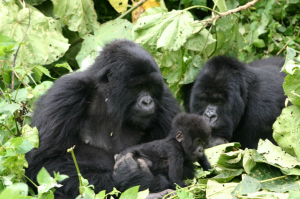
This is the most visited National Park in the country since its known as the only home of mountain gorillas. Here you take on a hike in rough terrain and in any weather to see the gorillas in the wild and spend one hour with the gorillas learning their habits and taking photographs.
Here is a list of some of the habituated mountain gorilla groups found in Bwindi National Park that can be visited by the public for tourism:
- Nkuringo Gorilla Group
- Mubare Gorilla Group also referred to the M Group
- Nshongi Gorilla Group
- Bweza Gorilla Group
- Habinyanja Gorilla Group that is also known as H Group
- Busingye Gorilla Group
- Rushegura Gorilla Group that is also known as R Group
- Kahungye Gorilla Group
- Oruzogo Gorilla Group
- Mishaya Gorilla Group
- Bitukura Gorilla Group
Batwa Cultural Tours
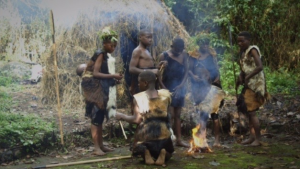
Bwindi National Park offers very exciting cultural tours during which you will visit and spend some time with the Batwa pygmies a very interesting unique people. While on this cultural tour, you will have a cultural walk led by the local guides to see their community setting, learn about their cultural norms and practices as well as visit a number of their projects they are running locally, have a tour of the traditional beer brewery, participate in the traditional dancing, singing and drama as well as visit the traditional healer.
Nature Walks
For those of you expecting to spend a couple of days in the park, you can opt to go on nature walks as you explore the various trails within the forest. During these you will encounter a number of butterflies, small mammals and a number of different primates. Below are a number of commonly explored forest trails.
The Munyanga River Trail
This short trail will take you to the beautiful waterfall. During the walk you will encounter birds and some monkeys.
The Rushurra Trail
During the Rushurra trail you will enjoy breathtaking views of the western rift valley floor, as well as views into the Democratic Republic of Congo’s Parc Nationale des Virungas and then on a clear day, be sure of seeing the snowcapped Rwenzori Mountain also known as Mountains of the Moon.
The Muzabajirro Trail
This trail will take you through the forest to a beautiful picnic site where you will enjoy your lunch. During this trail you be able to see the Virunga Mountains, the western rift valley floor as well as a number of Prehistoric ferns. Additional trails you can explore while in Bwindi National Park include: the Ruizi River Trail and the Bamboo Trail.
Bird Watching Tours
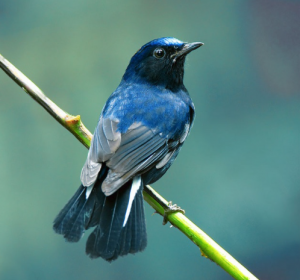
Bwindi National Park is home to over 345 species of bird among which are 90% of the Albertine Rift endemics. An enthusiastic birder may be in position to see as many as one hundred species in a single day. Among the commonly seen species in this park are: the Gruer’s Rush Warbler, White tailed Blue Monarch, Yellow-eyed black Fly-catcher, Wilcock’s Honey-guide, Bar-tailed Trogon, Short-tailed Warbler, Kivu Ground Thrush, Dusky Crimson Wing as well as Rusty-faced woodland Warbler
Bwindi Wildlife
Because the terrain of Bwindi forest is covered with a rainforest, this offers a safe refuge to a variety of wildlife including 50 different types of reptiles, 300 different types of Butterflies, 10 different types of primate (among which are red tailed monkeys, blue monkeys, L’Hoest’s, black & white colobus monkeys, baboons, as well as the mountain Gorillas), in addition to 80 different types of moths, 120 different types of mammals and 200 different types of tree species. Today the park has a list of birds that have been officially recorded present here that includes more than 351 different bird species among which are a number of them on the IUCN red list plus some species endemic to the Albertine Rift.
How to get to Bwindi National Park
Bwindi National Park can be accessed using air transport or road transport.
Using Air Transport
There are a several of airstrips found around this National Park and among these are: Kisoro airstrip, Kihihi airstrip or Kayonza airstrip. Tourists traveling from Kampala the capital city can either fly from Entebbe airport or Kajjansi airfield.
Using Road Transport
When visiting this park, there are various routes you can follow that can get to Bwindi just as they are highlighted below.
- The Kampala via Kabale to Nkuringo Route
This route starts in the capital city of Kampala through Kabale town before driving for another four (4) hours covering 105 kilometers before you arrive at Nkuringo.
- Kampala via Masaka, Kabale and Kanungu to Buhoma
As you drive from Kampala you will go past Masaka, through Kabale drive for another six (6) hours and to Kanungu and through Kanyantoro before arriving at buhoma which will take another approximately five hours.
- Kampala to Buhoma through Ntugamo, Rukingiri and Kihihi
This is the most commonly used route as well as the most accessible to the gorilla habitat – Bwindi National Park if you are traveling from Kampala. You will go up to Rukungiri, and then drive another 82km to Buhoma.
- Connecting from Queen Elizabeth National Park, or Kasese town or Fort Portal
In case you are going to Bwindi National Park when connecting from Queen Elizabeth National Park, or Kasese town or Fort Portal there are two (2) routes available that can get you to Buhoma, but in order to get the best views we recommend that you take the three (3) hour drive route which will take you via Katunguru through Ishasha and Kihihi and then to the park. The other route will take you along the Mbarara main road through Ishasha in Queen Elizabeth National Park, through Kabale, to Kagamba and then joining the Ntungamo–Rukungiri main road.
Where to stay/ Accommodation in Bwindi National Park
Bwindi National Park offers a number of different accommodation options that can accommodate all types of holidaymakers. These are grouped in three major categories just as highlighted below.
Luxury
- Nkuringo lodge
- Gorilla clouds lodge
Mid-Range
- Buhoma Homestead
- Gorilla Resort
- Mantana Tented Camp
- Lake Kitandara
- Volcanoes Bwindi Camp
- Gorilla Forest Camp
Budget
- Virunga terraces
- Buhoma community bandas
- Bwindi view bandas
Request a Quote
Featured Tour Updates
Permit cost for gorilla trekking in Uganda
Permit cost for gorilla trekking in Uganda Permit cost for gorilla trekking in Uganda : Gorilla trekking is one...
The African Wild Dog
The African Wild Dog The African wild dog: (Lycaon pictus) also known as the African painted dog or Cape...
The Caracal (Felis caracal)
The Caracal (Felis caracal) The Caracal (Felis caracal): is a medium-sized wild cat that can run up to 50...
African Leopards (Panthera pardus)
African Leopards (Panthera pardus) African Leopards (Panthera pardus) : are one of the most feared but respected animals in...


